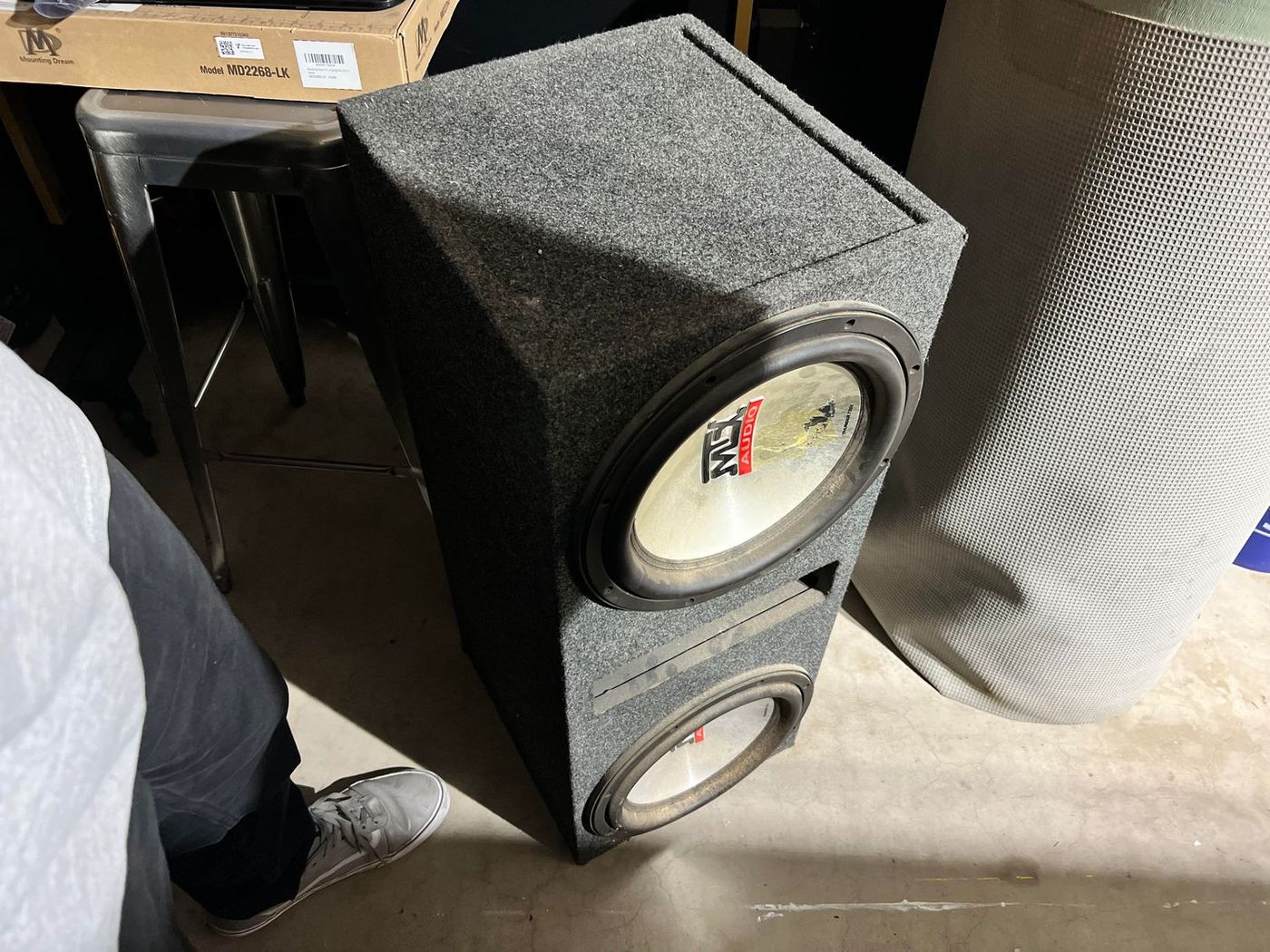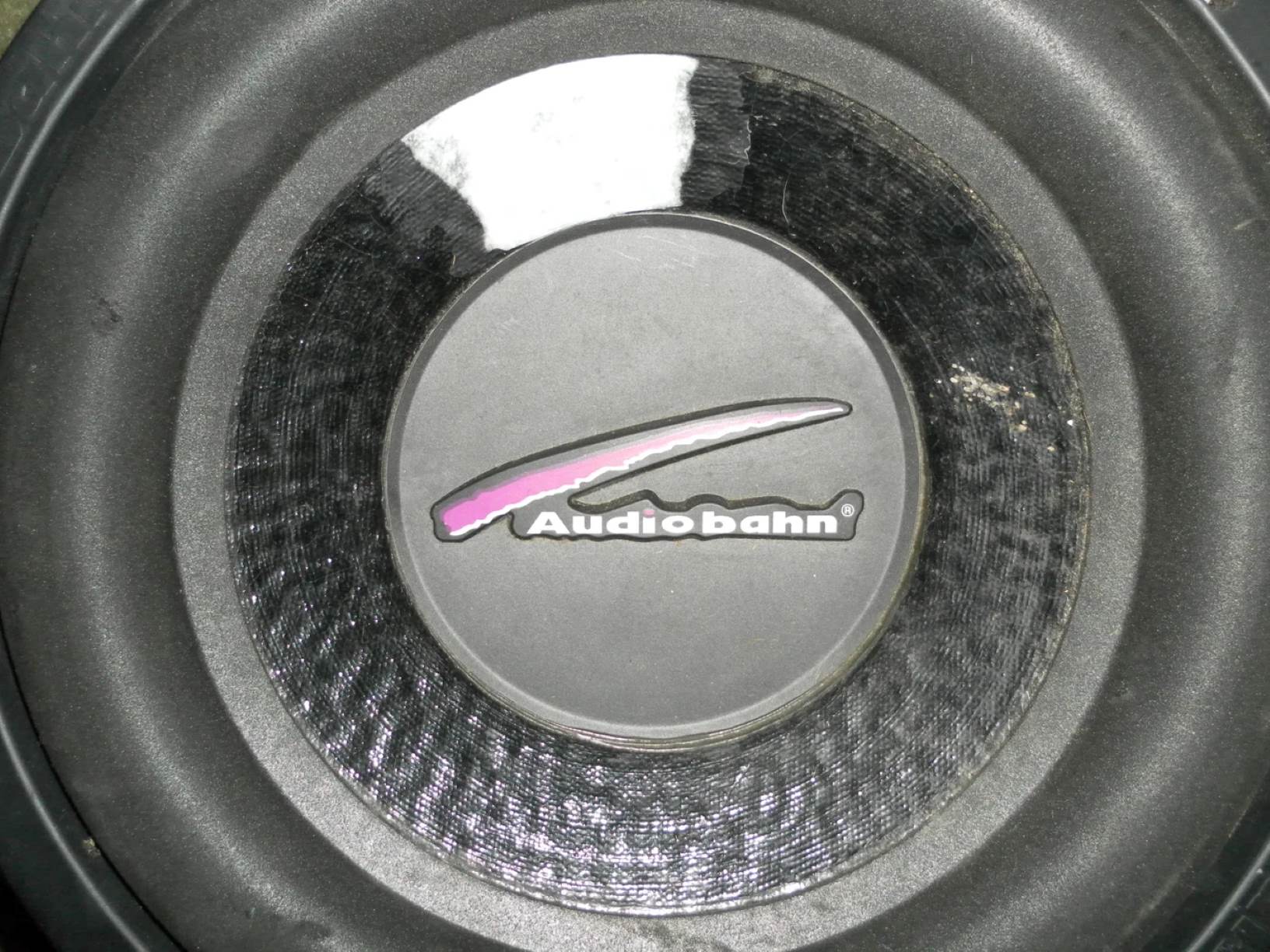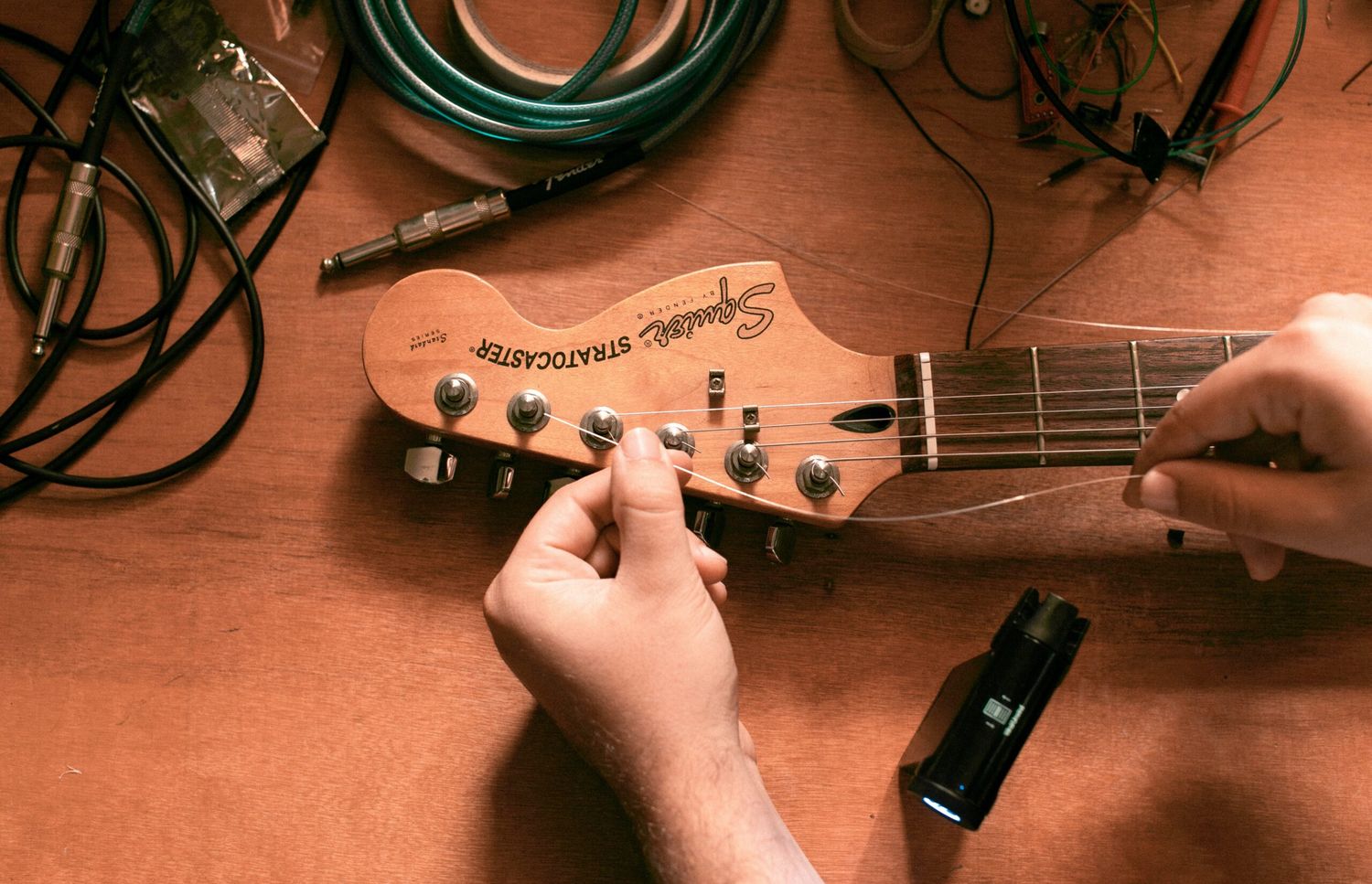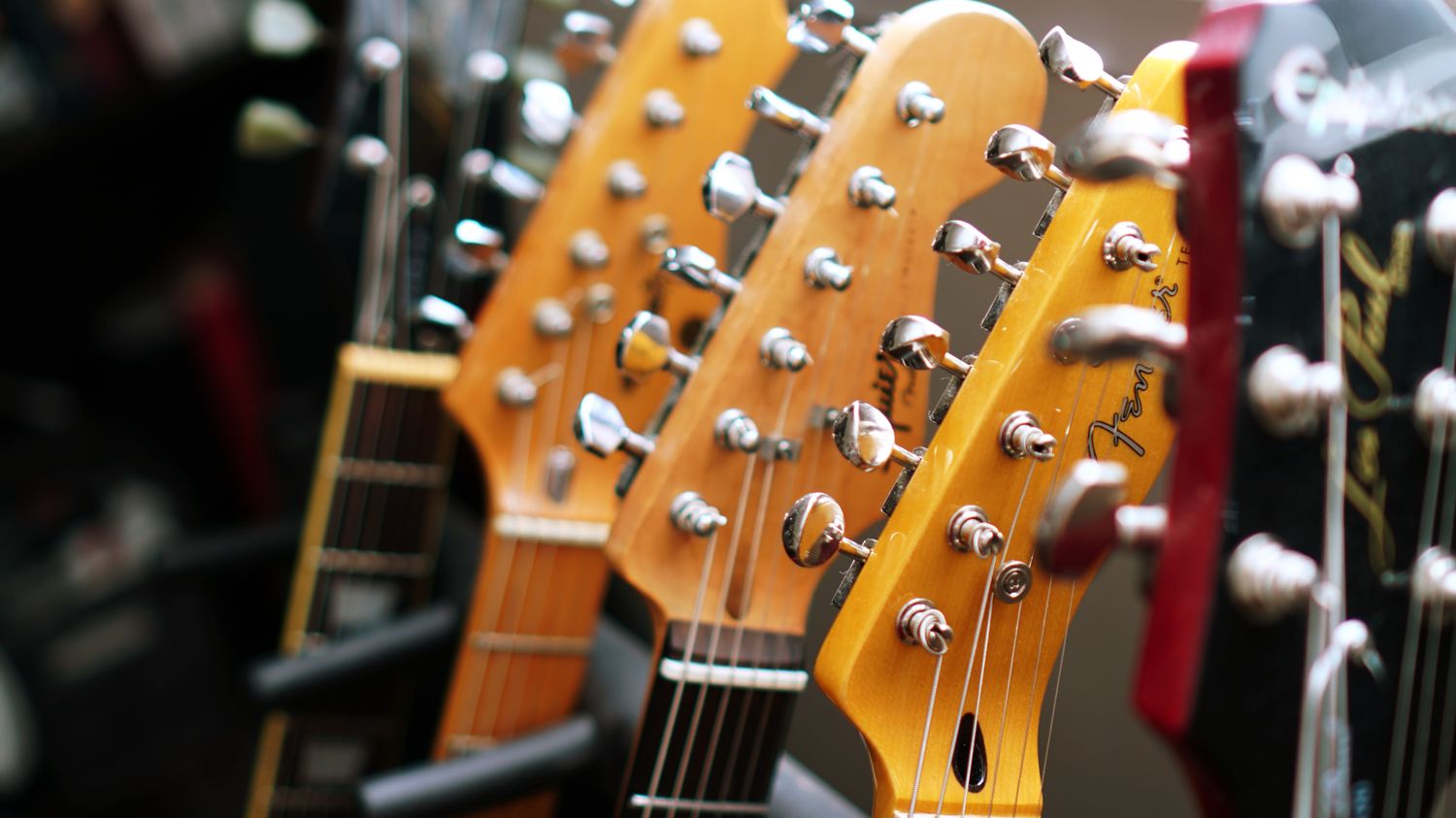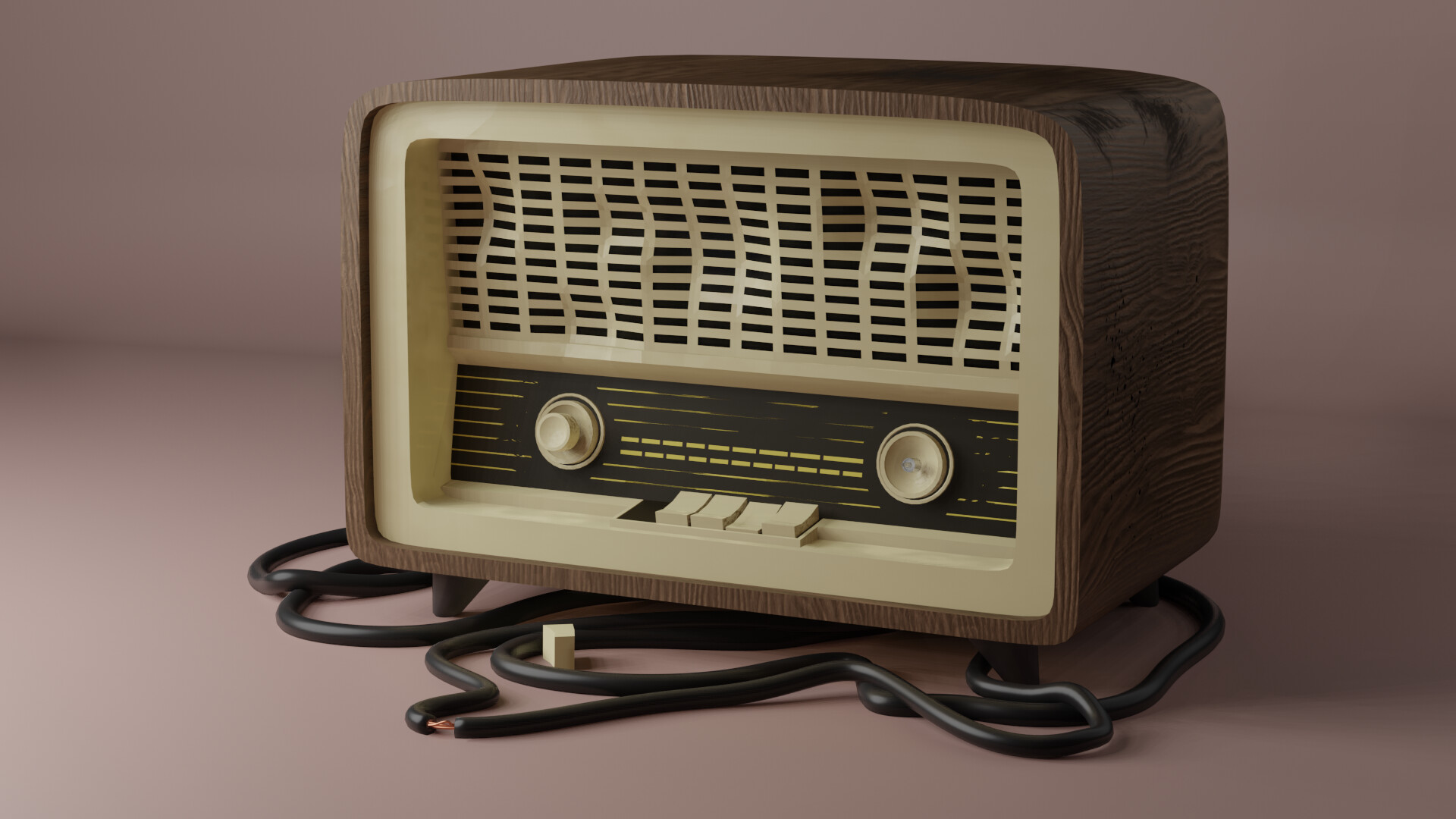Home>Devices & Equipment>Music Box>How To Fix An Old Electric Music Box
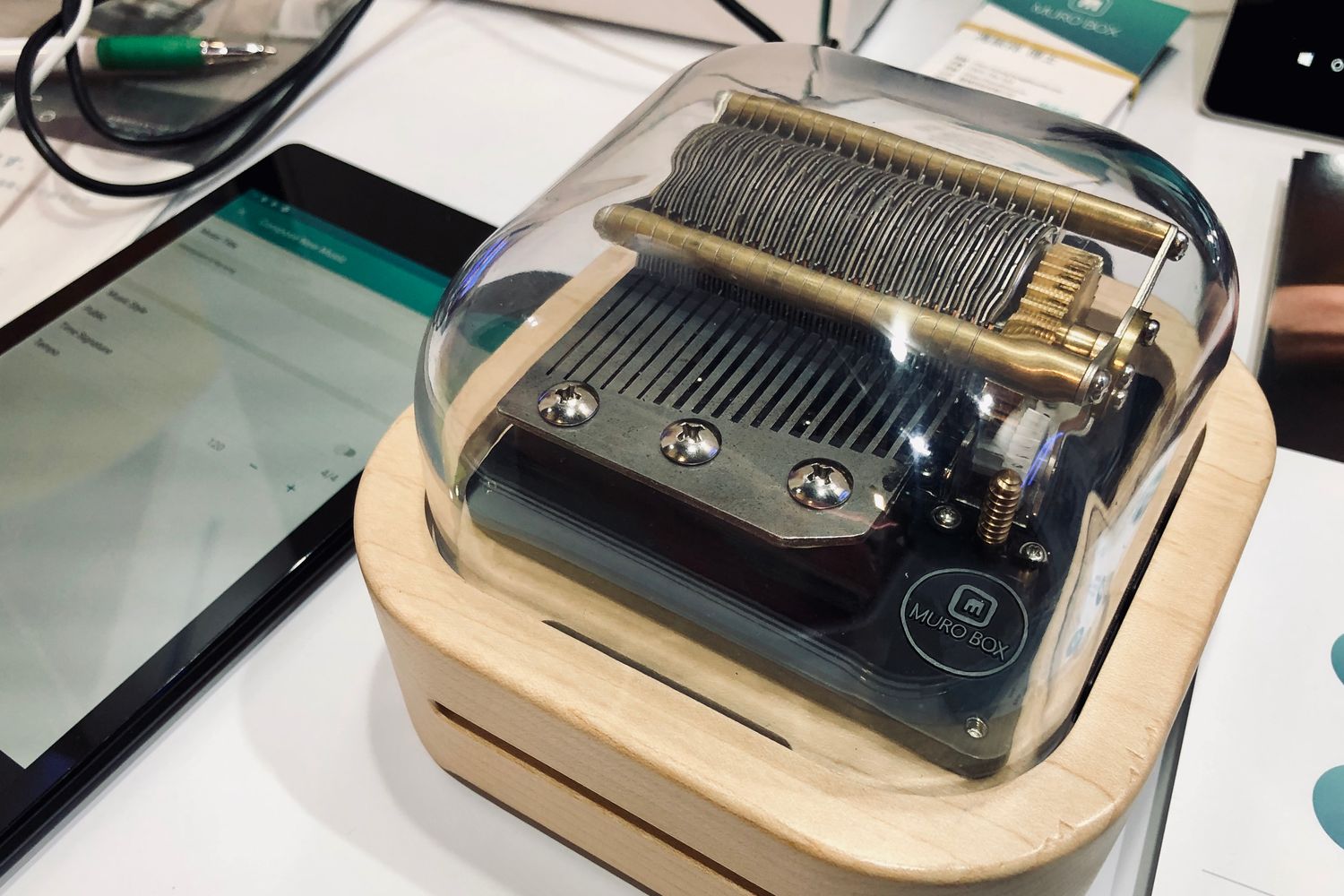

Music Box
How To Fix An Old Electric Music Box
Published: January 12, 2024
Learn how to fix your old electric music box and bring beautiful melodies back to life. Expert tips and step-by-step instructions for repairing your treasured music box.
(Many of the links in this article redirect to a specific reviewed product. Your purchase of these products through affiliate links helps to generate commission for AudioLover.com, at no extra cost. Learn more)
Table of Contents
Introduction
Music boxes have been enchanting people for centuries, filling the air with whimsical melodies and carrying them back in time to cherished memories. While traditional music boxes are often hand-cranked, electric music boxes gained popularity in the 20th century, offering convenience and a more consistent musical experience.
If you are lucky enough to own an old electric music box, you may find that it has lost some of its charm over the years. Perhaps it no longer plays as melodically as it once did, or maybe it even stopped working altogether. However, before you give up on your beloved music box, there are steps you can take to bring it back to life.
In this article, we will guide you through the process of fixing an old electric music box, from assessing its condition to cleaning, repairing, and lubricating its components. With a little bit of patience and some basic tools, you can revive your music box and once again enjoy its beautiful melodies.
Please note that while this article provides general guidance, it is important to remember that each music box is unique. Some may require additional steps or specialized knowledge, so always refer to the manufacturer’s instructions or consult a professional if you are unsure. Let’s begin exploring the world of electric music boxes and get ready to revive the magic of your cherished instrument.
Assessing the Condition of the Electric Music Box
Before you start repairing your old electric music box, it’s crucial to assess its overall condition. This will help you understand the extent of the repairs needed and determine if any parts need to be replaced. Here are some steps to follow when assessing your music box:
- Exterior Inspection: Start by examining the exterior of the music box. Look for any visible damage, such as cracks, scratches, or missing parts. Take note of any cosmetic issues that need to be addressed.
- Power Supply: Check the power supply of the music box. Make sure the cord is intact and not frayed. If your music box runs on batteries, ensure they are not leaking or corroded.
- Mechanical Components: Open the music box and inspect the various mechanical components. Look for broken gears, loose or disconnected wires, or any signs of wear and tear. Pay close attention to the motor, as it is responsible for the movement and sound of the music box.
- Musical Mechanism: Examine the musical mechanism of the music box. Check for bent or rusted pins, missing or misaligned teeth on the comb, or any other issues that could affect the quality of the sound produced.
- Playback Issues: Test the music box to see if it plays properly. Listen for any irregularities in the music, such as skipping or distorted sound. Note whether the music box stops abruptly or if it fails to start at all.
By completing these assessments, you will have a better understanding of the problems your music box is experiencing. This will help you determine the appropriate course of action and ensure that you address all the necessary repairs. Remember to document any issues you find, as this will be helpful when sourcing replacement parts or seeking guidance from professionals.
Disassembling the Music Box
Once you have assessed the condition of your electric music box and identified the repairs needed, the next step is to disassemble it. Disassembling the music box allows you to access its internal components for cleaning, repairing, or replacing. Follow these steps to safely disassemble your music box:
- Gather the Necessary Tools: Before you begin, gather the tools you will need, such as screwdrivers, pliers, and tweezers. Ensure you have the appropriate sizes and types for your specific music box.
- Refer to the Manufacturer’s Instructions: If your music box came with a user manual or instructions, it is recommended to review them before proceeding. This will help you understand the specific disassembly steps and any precautions to take.
- Remove the Back Panel or Casing: Start by removing the back panel or casing of the music box. This may involve unscrewing any screws or carefully prying off any clips. Be gentle and take your time to avoid damaging any delicate parts.
- Take Photos for Reference: It can be helpful to take photos of the internal components before removing them. This serves as a visual reference for reassembly later on.
- Remove the Musical Mechanism: Locate the musical mechanism within the music box. Depending on the design, it may be held in place with screws or other fasteners. Carefully remove these, ensuring you keep track of all the pieces.
- Separate Other Components: Depending on the complexity of your music box, you may need to separate additional components, such as gears, belts, or springs. Take note of their positions to ensure proper reassembly later.
- Organize and Store Parts: As you disassemble the music box, keep the parts organized and store them in a safe place. Consider using small containers or a plastic bag with labeled compartments to prevent misplaced or mixed-up components.
Disassembling your music box requires patience and precision to avoid causing further damage. Take your time and be mindful of the delicate nature of the components. By carefully disassembling the music box, you can proceed with the necessary repairs and ensure a smooth reassembly process later on.
Cleaning the Components
Once you have disassembled your electric music box, the next step is to clean its various components. Over time, dust, dirt, and debris can accumulate, affecting the performance and longevity of the music box. Cleaning these parts will help restore their functionality and improve the overall quality of your music box. Follow these steps to effectively clean the components:
- Inspect for Debris: Check each component for any visible debris or buildup. Use a small brush or compressed air to loosen and remove any loose particles.
- Prepare a Cleaning Solution: Mix a mild cleaning solution using warm water and a suitable detergent. Avoid using harsh chemicals that could damage the delicate components of the music box.
- Soak Non-Electrical Components: If you have non-electrical components such as gears, springs, or small metal parts, you can soak them in the cleaning solution. Make sure to rinse them thoroughly afterward and allow them to dry completely.
- Clean Combs and Musical Mechanism: The comb and musical mechanism are delicate parts that require special care. Use a soft-bristle brush or a toothbrush dipped in the cleaning solution to gently scrub the teeth of the comb. Be cautious not to apply excessive pressure or bend the teeth. For the musical mechanism, use a soft cloth or cotton swab to clean any visible dirt or debris.
- Remove Tarnish: If you notice any tarnish on metal components, you can use a specialized metal cleaner or a mixture of vinegar and salt to gently remove it. Be sure to rinse and dry the parts thoroughly afterward.
- Dry the Components: After cleaning, ensure that all the components are completely dry before reassembling the music box. You can use a clean cloth or air-dry them to remove any excess moisture.
- Polish if Desired: If you want to restore the shine and luster of any decorative parts, such as the casing or external pieces, you can use an appropriate metal or plastic polish. Follow the instructions on the polish and take care not to apply it to any functional components.
Cleaning the components of your music box is an essential step to remove dirt and grime that can hinder its performance. By properly cleaning each part, you will ensure the smooth functioning of the music box and help prolong its lifespan. Once the components are clean and dry, you can move on to repairing or replacing any damaged parts.
Repairing or Replacing Damaged Parts
After cleaning the components of your electric music box, it’s time to address any damaged parts that may be affecting its performance. Repairing or replacing these parts will help restore the functionality and ensure that your music box can play its melodies as intended. Here are some common repairs you may need to undertake:
- Gear Repair or Replacement: If you notice any broken or worn-out gears, they will need to be repaired or replaced. You can carefully remove the damaged gear and either repair it by gluing or soldering it back together, or source a compatible replacement.
- Spring Adjustment: Over time, springs can lose their tension or become misaligned, affecting the movement of the music box. You can gently adjust the spring tension or reposition it to restore proper functioning.
- Wire Reconnection: If you find loose or disconnected wires within the music box, you will need to reconnect them. Use a soldering iron to carefully reattach the wires, following any color-coded or labeled instructions.
- Comb Repair: If the comb, which creates the music, is damaged with bent or missing teeth, it may need to be repaired or replaced. You can attempt to straighten bent teeth or source a new comb if necessary.
- Motor Repair or Replacement: If the motor is not functioning properly or making unusual noises, it may require repair or replacement. Consult the manufacturer’s instructions or seek assistance from a professional to diagnose and address motor-related issues.
Depending on the complexity and availability of replacement parts, some repairs may require expert knowledge or professional assistance. If you are unsure about your ability to repair certain components, it is always recommended to consult a professional or a specialized music box repair service.
Remember to document any repairs you make and keep a record of the replaced parts to aid in future maintenance or troubleshooting. With the damaged parts repaired or replaced, you can now proceed to the next step of lubricating the music box mechanism.
Lubricating the Mechanism
Lubricating the mechanism of your electric music box is essential for smooth and uninterrupted operation. Over time, the moving parts of the music box can become dry or develop friction, which can impact its performance. Proper lubrication will minimize wear and tear, reduce noise, and ensure the longevity of your music box. Here’s how to lubricate the mechanism:
- Clean the Mechanism: Before applying any lubricant, make sure the components are free of dirt and debris. You can use a soft cloth or a brush to gently remove any remaining dust or residue from the gears, springs, and other moving parts.
- Select the Right Lubricant: Choosing the appropriate lubricant is crucial to safeguarding the delicate parts of the music box. Avoid using heavy oils or greases, as they can attract more dirt and potentially damage the mechanism. Instead, choose a light oil, such as sewing machine oil or a specialized clock oil, suitable for small mechanical devices.
- Apply the Lubricant: Using a small dropper or a precision oiler, carefully apply a few drops of lubricant to the necessary areas. Focus on the pivot points, gears, and any other locations that require lubrication. Be mindful not to over-lubricate, as excess oil can lead to sticky residue or damage.
- Operate the Music Box: After applying the lubricant, gently operate the music box mechanism to help distribute the oil evenly. If you notice any areas that still feel stiff or exhibit resistance, you can add a little more lubricant to those specific spots.
- Wipe Off Excess: Once you are satisfied with the lubrication, use a clean cloth or tissue to wipe off any excess oil. This will prevent it from attracting dirt and keep your music box clean and functioning optimally.
It is important to note that different music boxes may have specific lubrication requirements, so refer to the manufacturer’s instructions or seek professional advice if you are unsure. Regular maintenance, including periodic lubrication, will help preserve the smooth operation of your music box and extend its lifespan. Now that your music box is properly lubricated, it’s time to reassemble it and test its functionality.
Reassembling the Music Box
Now that you have cleaned, repaired, and lubricated the components of your electric music box, it’s time to carefully reassemble it. Proper reassembly is crucial for the smooth operation and functionality of your music box. Follow these steps to ensure a successful reassembly:
- Refer to Documentation: If you took photos or made notes during the disassembly process, refer to them as a guide. Additionally, consult any manufacturer’s instructions or diagrams that may be available.
- Start with the Musical Mechanism: Begin by placing the musical mechanism back into its designated position within the music box. Ensure that all supporting screws or fasteners are properly secured.
- Reconnect Wires: If any wires were disconnected during the disassembly, carefully reconnect them according to your documentation or any color-coded markings.
- Reassemble Other Components: One by one, reattach the other components you removed during the disassembly process. Follow the reverse order of disassembly, ensuring each part fits correctly and is securely fastened.
- Align and Adjust: As you reassemble the music box, pay attention to the alignment of gears, springs, and other moving parts. Make any necessary adjustments to ensure everything is in its correct position and moves smoothly.
- Test the Movement: Before fully closing the music box, test the movement of the mechanism. Listen for any abnormal sounds or resistance, and make any necessary adjustments or further repairs if needed.
- Secure the Casing or Back Panel: Once you are confident that all components are properly assembled, carefully secure the casing or back panel. Ensure that all screws or clips are tightened to hold everything in place.
Take your time during the reassembly process to avoid any mistakes or damage. It may be helpful to have your documentation or reference materials nearby for easy consultation. Once the music box is fully reassembled, it’s time to put it to the test and ensure it plays as beautifully as before.
Testing the Music Box
After successfully reassembling your electric music box, it’s important to test its functionality to ensure that all repairs and adjustments have been properly completed. Follow these steps to test your music box and make any final adjustments if necessary:
- Power Up: Connect the power source, whether it’s a cord or batteries, to the music box.
- Turn On: If your music box has an on/off switch, turn it on. If not, the music box may start playing as soon as the power is connected.
- Observe the Operation: Pay close attention to the movement of the musical mechanism and listen to the sound produced. Ensure that the music box is playing the melodies smoothly and without any skipping, distortion, or unusual noises.
- Check for Proper Timing: Watch for the correct timing of the music box. The melody should play at the appropriate tempo and maintain a consistent rhythm.
- Confirm Start and Stop Function: Verify that the music box starts playing when prompted and stops when the mechanism reaches the end of the song.
- Make Further Adjustments: If you notice any issues with the performance or operation of the music box, such as irregular timing or sound quality, you may need to make further adjustments or repairs. Refer to the manufacturer’s instructions or consult a professional if necessary.
During the testing phase, it’s essential to be patient and observant. Some minor adjustments may be needed to fine-tune the operation of the music box. Don’t be discouraged if you encounter any issues; they can often be resolved with careful adjustments or additional maintenance.
Once you are satisfied with the performance and functionality of your music box, you can now enjoy the nostalgic melodies and enchanting sounds it produces. Remember to periodically clean and maintain your music box to keep it in good condition and ensure years of musical enjoyment.
Conclusion
Reviving an old electric music box can be a rewarding and fulfilling experience. By taking the time to assess its condition, disassemble and clean its components, repair or replace damaged parts, lubricate the mechanism, and finally reassemble and test the music box, you can bring new life to this cherished instrument.
Throughout the process, it’s important to exercise patience and attention to detail. Each music box is unique, and repairs may vary depending on its specific design and condition. If you are unsure at any point, don’t hesitate to consult the manufacturer’s instructions or seek professional assistance.
Remember that the beauty of an electric music box lies in its ability to transport us to moments filled with nostalgia and joy. By restoring and maintaining your music box, you ensure that it continues to enchant and delight for years to come.
Take the time to clean your music box regularly, keep it in a safe place away from excessive moisture or heat, and handle it with care. By following these simple maintenance practices, you can preserve the musical magic of your electric music box.
Whether it’s a treasured heirloom or a newfound vintage gem, your electric music box holds a special place in your heart. With proper care and attention, it can continue to fill your life with its delightful melodies and transport you to a bygone era of musical enchantment.



